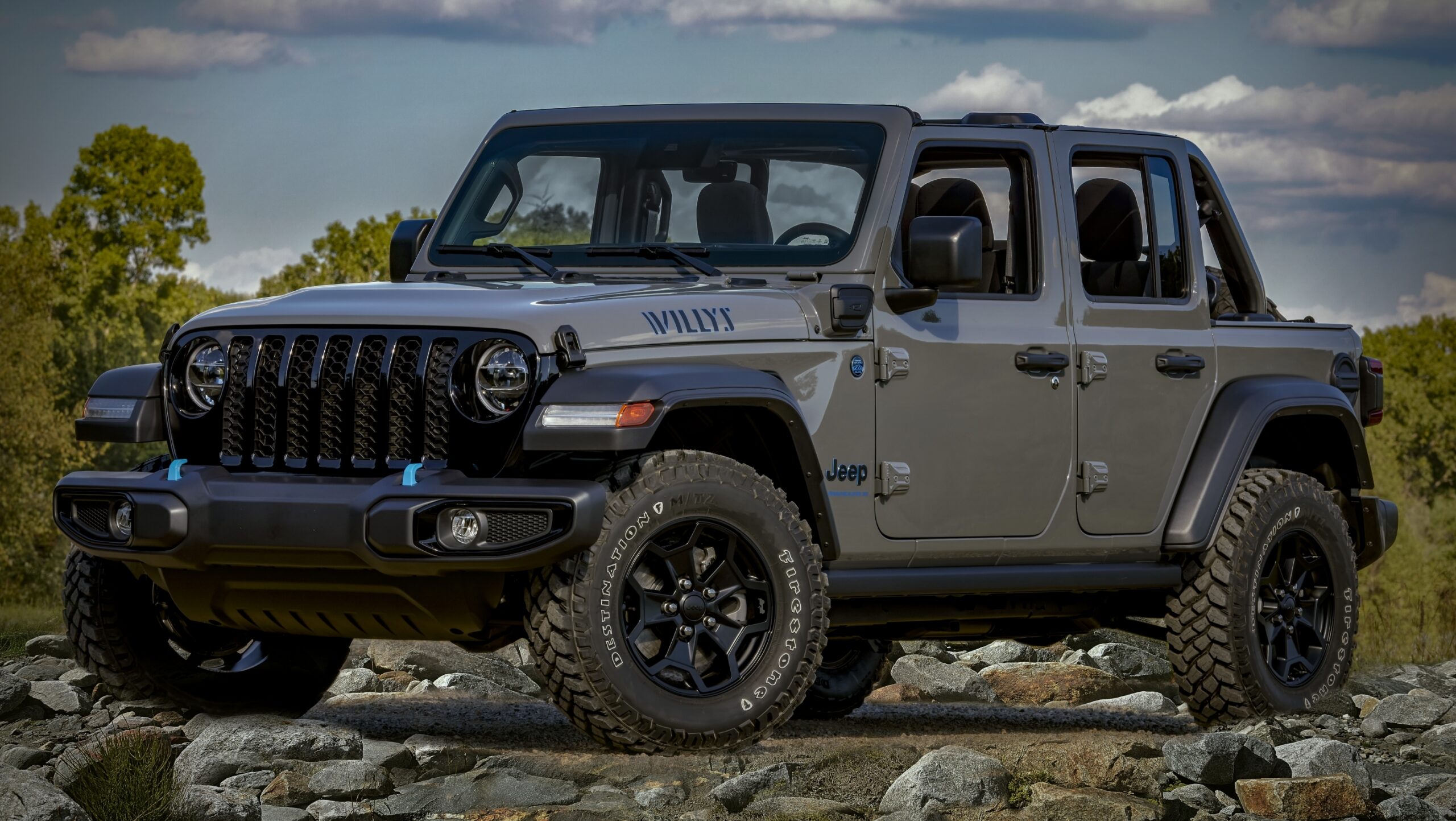When you think of a Jeep, images of rugged trails, off-road adventures, and sun-drenched weekends in the wilderness often come to mind. But did you know that your beloved off-roader can also play a pivotal role in your towing endeavors? Whether you’re planning a family road trip, needing to transport your vehicle to a distant destination, or are simply seeking to extend your Jeep’s capabilities, understanding how to tow a Jeep with a tow bar can open up a world of possibilities. This guide will illuminate the nuances of towing a Jeep, empowering you with insights and practical knowledge.
Understanding Towing Basics
Towing typically involves moving one vehicle (the towed) behind another (the towing vehicle). However, the process isn’t as straightforward as it sounds. It encompasses not only the correct equipment but also understanding weight limits, compatibility, and safe towing practices. With Jeeps, particularly models like the Wrangler, their inherent design lends them well to towing. But can any Jeep be towed? It’s essential to understand the specific model specifications. Some models equipped with certain features may need special attention to be safely towed.
Selecting the Right Tow Bar
One of the first steps in your towing adventure is selecting an appropriate tow bar. The market offers an array of options, including two-inch receiver style tow bars and adjustable models that accommodate a variety of vehicle sizes. When choosing a tow bar, ensure that it is rated for the weight of your Jeep. Typically, owners of the Jeep Wrangler will find themselves in a reliable towing range, but factors such as additional cargo or modifications can alter the scenario. Always check the manufacturer’s recommendations and guidelines for towing capacities.
Preparing Your Jeep for Towing
Preparation is paramount. You cannot simply hook up your Jeep and hit the road; a detailed checklist will be your best ally. Start by ensuring that your Jeep is equipped with a tow kit, which may include the tow bar, safety cables, lights, and a supplemental braking system. These elements work in tandem to provide not just towing efficiency but also safety. Remember to familiarize yourself with the instructions provided by the tow bar manufacturer, as each model may have distinctive features or attachments.
Moreover, inspect your Jeep to confirm that it’s in good condition. Tires should be properly inflated, brakes must function optimally, and the vehicle should be free from any mechanical issues. Also, consider the weight distribution within your Jeep. The rear should not be overloaded, as this can affect handling during the towing process.
Connecting Your Jeep
Connecting your Jeep to the tow vehicle is an art form in itself. Once you’ve ensured that both vehicles are in a park position, it’s time to proceed. Attach the tow bar to your Jeep’s receiver hitch. As you secure the connections, double-check the mechanics. A secure connection ensures that your Jeep will remain stable during transit, minimizing any dangerous sway or motion. Safety cables should also be connected, crisscrossing beneath the tow bar to provide an additional layer of security.
Next comes the wiring for the tail lights. Many kits come equipped with a wiring harness that integrates the Jeep’s tail lights with the tow vehicle. Properly functioning lights are critical to communicate your intentions on the road. Disregarding this step can lead to failed signals and potential accidents, so don’t skip it!
Testing the Setup
Before embarking on your journey, take the time to test the entire setup. A slow, cautious drive around an empty parking lot will allow you to gauge how your Jeep performs while being towed. Listen for unusual sounds, watch for any swaying, and ensure that the connection remains intact. This testing phase could save you from a multitude of headaches down the road.
Legal and Safety Considerations
With great power comes great responsibility. Familiarize yourself with local laws and regulations regarding towing. Some states have specific restrictions regarding weight limits and equipment used during towing. Additionally, ensure that your insurance covers towing scenarios. Knowledge about the legalities surrounding towing your vehicle ensures that your adventures remain seamless and uninterrupted.
On the Road
Once you’re on the road, several best practices can enhance your towing experience. Maintain a slower speed to ensure control and stability. Watch for inclines, as towing uphill may strain your engine. Keep a safe distance from other vehicles, allowing for extra braking time. Be mindful of turns, as towing adds length to your vehicle’s total length. The more you practice and remain vigilant, the more adept you will become at managing a tow.
Conclusion: The Freedom of Towing
Towing your Jeep is not merely a practical consideration; it is an opportunity for adventure. Understanding the intricacies involved in towing amplifies your vehicle’s versatility while ensuring safety at every turn. The process might seem daunting at first, but with the right knowledge and preparation, it becomes a seamless extension of your Jeep experience. As you hit the open road with your beloved jeep in tow, relish in the thrill of newfound freedom, and let your next adventure unfold. With every mile, both vehicles will share the journey, adding memories to your tapestry of experiences. So, strap in, ignite the engine, and set off toward new horizons!
